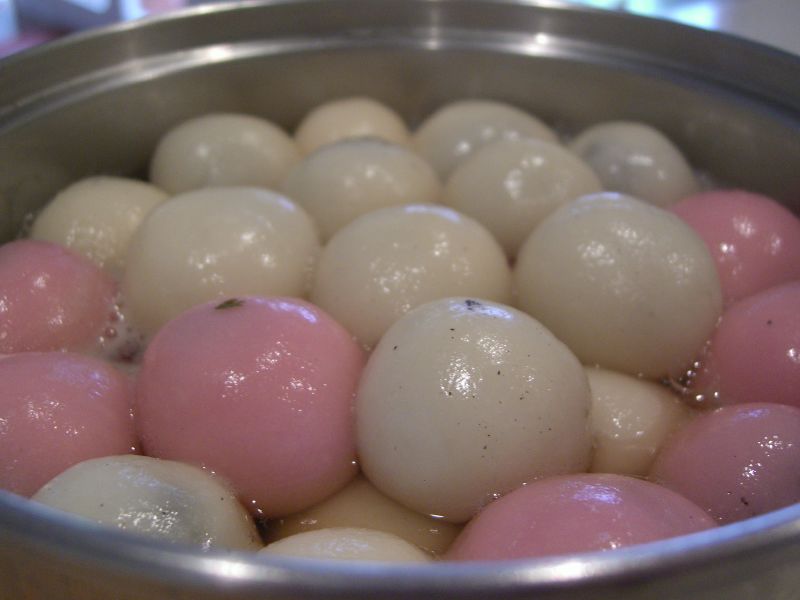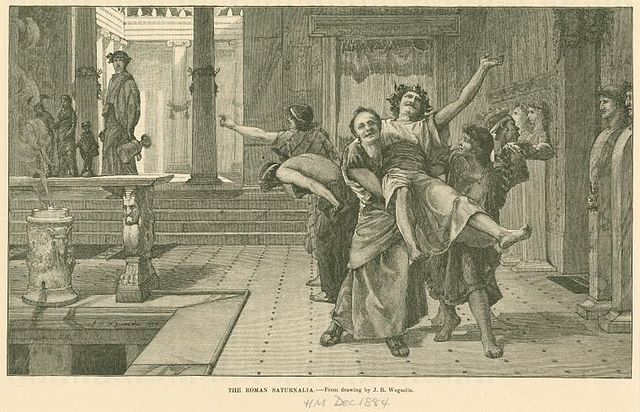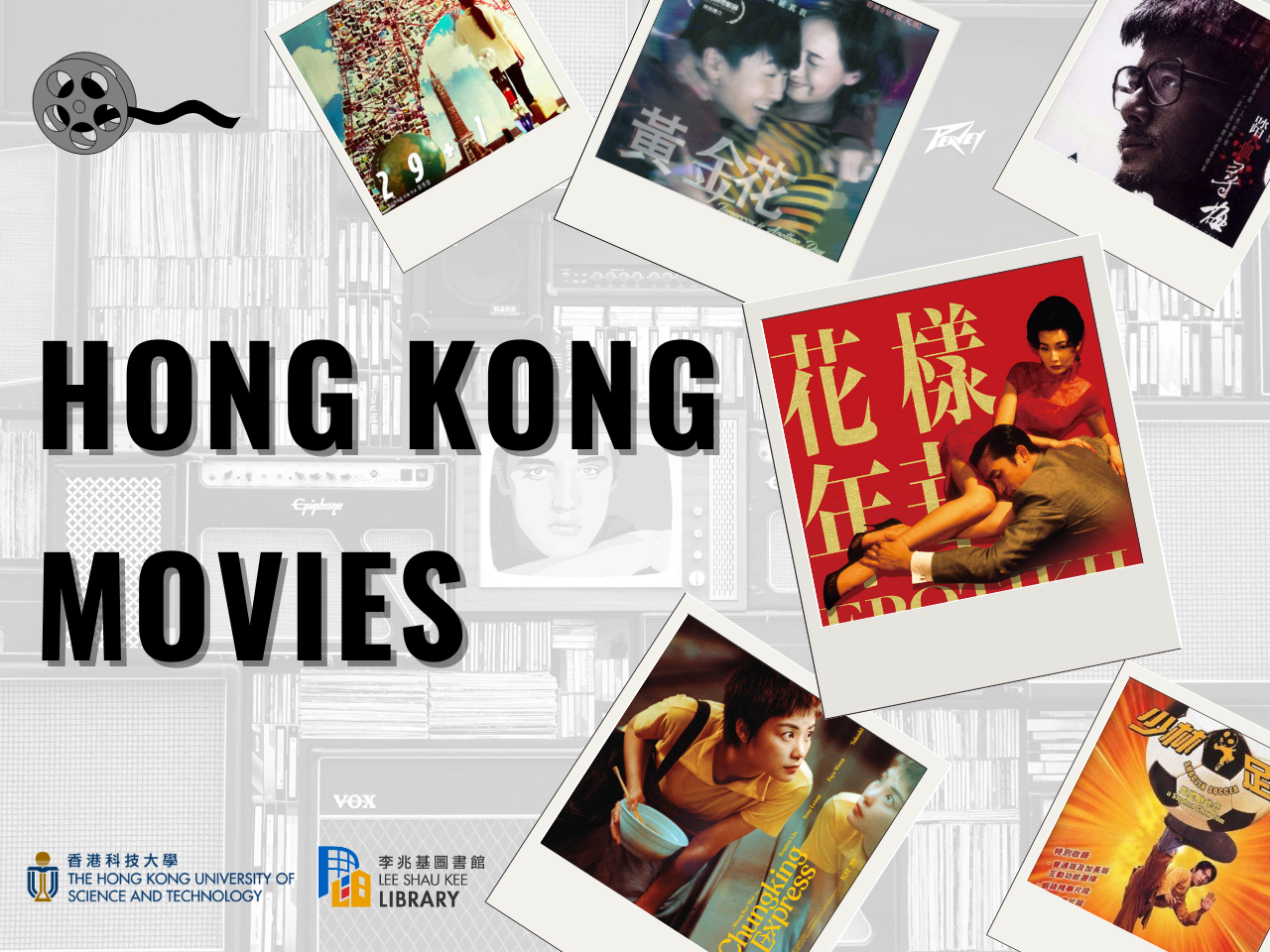Winter solstice is the time of year when the pole is tilted furthest away from the sun. In the northern hemisphere (where Hong Kong is located) our winter solstice is in December. In 2023, it will be Friday, December 22nd. In many cultures this time of year, with the shortest days and longest nights, are a time of festivals and significance. Many celebrations have ancient roots and influences.
冬至 – (dung1 zi3 – Cantonese) | (dong1 zhi4 – Mandarin)

Close to home: this is a straight forward festival, usually celebrated on the evening of the solstice. In Hong Kong, many businesses let staff out from work early to make it easier for them to gather with their family for a reunion meal. Often sweet dumplings called 湯圓 (tong1 jyun4-2 in Cantonese, tang1 yuan2) feature at the meal.
There is a saying, “”冬大过年” – roughly translated as “Winter solstice is more important than New Year”. The general reasons given are because for an agricultural people, solstice as the coldest and darkest part of the year made it more important, for example in this article 2021 article from the Zhejiang Daily “冬至了!为啥广东人说“冬大过年”?” and this 2022 one from HK01 “冬大過年!8項冬至習俗一定要知吃這些能添福招財帶旺桃花運“. If you have trouble reading Chinese, try opening the articles in Chrome and use GoogleTranslate.
ZHAO Rongguang states, “During the Tang and Song Dynasties, the winter solstice was regarded as important as the New Year. “*. Perhaps the influence of the Tang dynasty practices remained strong among the Cantonese? After all, the overseas settlements of ethnic Chinese were self-names as “唐人街“.
Saturnalia – December 17th -> 23rd

According the Britannica Academic, Saturnalia was the most popular festival of the Romans and had a direct influence on the European celebrations of Christmas and New Year. It would start on December 17th with a religious sacrifice to the God Saturn, who was also associated with Kronos (time) and last about a week.
Businesses would close, as did the courts. People would feast, give each other candles (symbolizing light returning after the longest night of the year) and PLAY. In families, a “Lord of Misrule” would be chosen to keep things wild and fun. It was a festival of license, liberty, and role reversals: gambling was allowed; slaves and servants could do and say whatever they wanted, people would wear clothes not associated with their usual social roles and masters would serve slaves dinner.
To learn more:
- Saturnalia – by James Grout, in Encyclopaedia Romana.
- “Saturnalia” – A Dictionary of Greek and Roman Antiquities by William Smith, and William Wayte.
- Saturnalia – Wikipedia
- Celebrating the Saturnalia: Religious Ritual and Roman Domestic Life. by Fanny Dolansky. In: A Companion to Families in the Greek and Roman Worlds, B. Rawson (Ed.), Chapter 29, p 488-503.
Whatever festivals you may celebrate this winter, may you enjoy them in good health and cheer!
Victoria Caplan
Head (Research & Learning Support)
lbcaplan@ust.hk
* Zhao, Rongguang. A History of Food Culture in China. Translated by Gangliu Wang and Aimee Yiran Wang. New York, NY: SCPG Publishing Corporation, 2015., p. 125.
Views: 856








